Saudi Pavilion presents IRTH ??? [which means ‘legacy’ in Arabic], a sensory exploration of the legacy of Saudi architecture from the past and future at the Venice Architecture Biennale 2023, curated by Basma and Noura Bouzo and designed by the architect AlBara Saimaldahar.
IRTH ??? is an interactive exploration of this line connecting the past and the future, beginning with the earth, one of the historically significant and primary materials used in Saudi architecture. The earth is used and evoked here as a structural element and architectural cladding material, spanning the entire range of colors of Saudi Arabia’s earth tones from its most desert dunes to the Red Sea coast. The Saudi Pavilion explores the symbiotic relationship and duality of material and immaterial. The cohesion of both informs perception and generates interpretation and response to a nation’s inhabitants’ situatedness.
The design of the Saudi Pavilion is multi-layered for visitors to experience the project from various perspectives: on the one hand, the structure, divided into several sections, reflects the method and use of vernacular components in conjunction with innovative technologies. The exhibition’s content, on the other hand, provides an overview of the material’s present and future in the context of Saudi architecture.
Architect AlBara Saimaldahar created the layout combining nostalgia, legacy, and ongoing adaptation. The design looks to the future through the lens of the past: it enhances the intrinsic essence of Saudi craftsmanship through elaborate artifacts, and it transforms traditional patterns and motifs from Al-Balad, the Historical Jeddah, into fluid forms. In a crescendo that culminates at the end, the evolution of legacy is challenged. At the heart of the project is an experiential component: a simple, immersive room that stimulates visitors’ senses, eliciting independent and uninfluenced reactions – memories and emotions.
To embark on the journey through the Pavilion’s three main structures, one must first pass beneath six arches that serve as authentic gateways. These arches are imposing eight-sided metal structures that are internally clad with wooden panels and externally covered with 3D-printed clay tiles featuring an undulating pattern reminiscent of desert dunes. The portals convey a sense of grandeur and lightness, reminiscent of monumental works of architecture carved in stone and caves, as well as the transience of materials that are as unstable as the sand of the Rub’ al-Khali desert. The outer covering gradually fades until it disappears, evoking the fleeting nature of materials.
In an olfactory setting, experimentation emerges in the Pavilion’s penumbra: a large empty rectangular room is imbued with a fragrance created especially for the exhibition out of lavender, frankincense, and myrrh, with olfactory notes resonating with Arab culture in its most homely form. This dematerialized environment, an immersive sensory hub, offers a glimpse of the future through the lens of tradition: an existential experience allowing visitors to experience something exceptional, sensing a moment in time and triggering a memory of the Pavilion that will be unique to each individual.
A sculpture, a 3D-printed clay column illuminated by interior lights that project light patterns onto the Pavilion’s floor, walls, and ceiling, is the only material element inside the hall. After the Architecture Biennale, this work will be transported to the Red Sea’s bottom, where it will act as an artificial stone to stimulate the growth of a marine ecosystem. Underwater structures play an important role in habitat formation.
This ‘first stone’ will gradually be joined by new elements as more columns are printed: a gradual and continuous pattern of growth that will transform a single object artificially placed in a natural setting into an expanse of vertical lines, a labyrinth from which corals and other life forms will emerge. The juxtaposition of the columns’ pure geometric form and the irregular expansion of life within them will depict the relationship between nature and artifice: a human artifact is reclaimed and incorporated by nature in a dynamic balance that is both fragile and enduring.




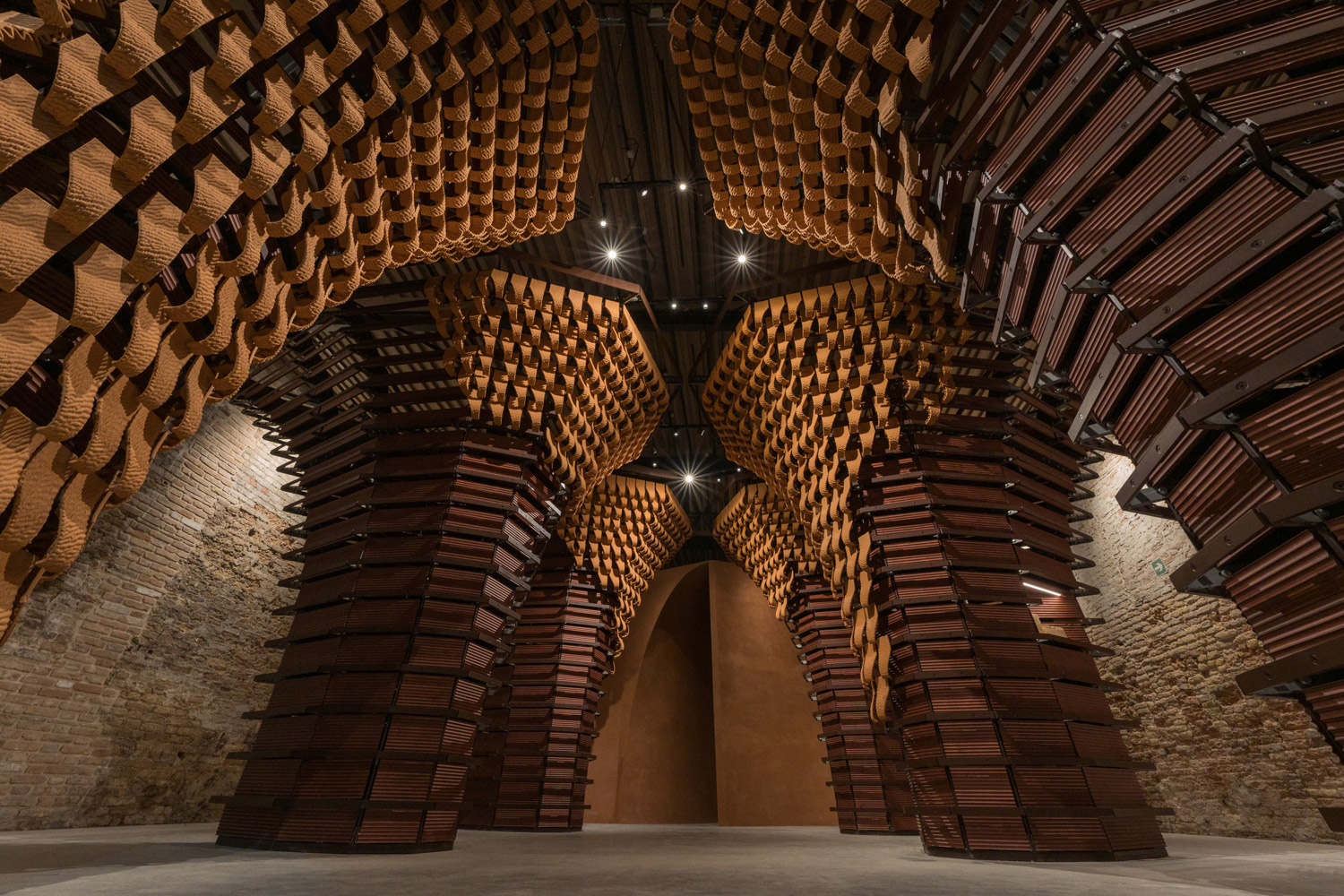
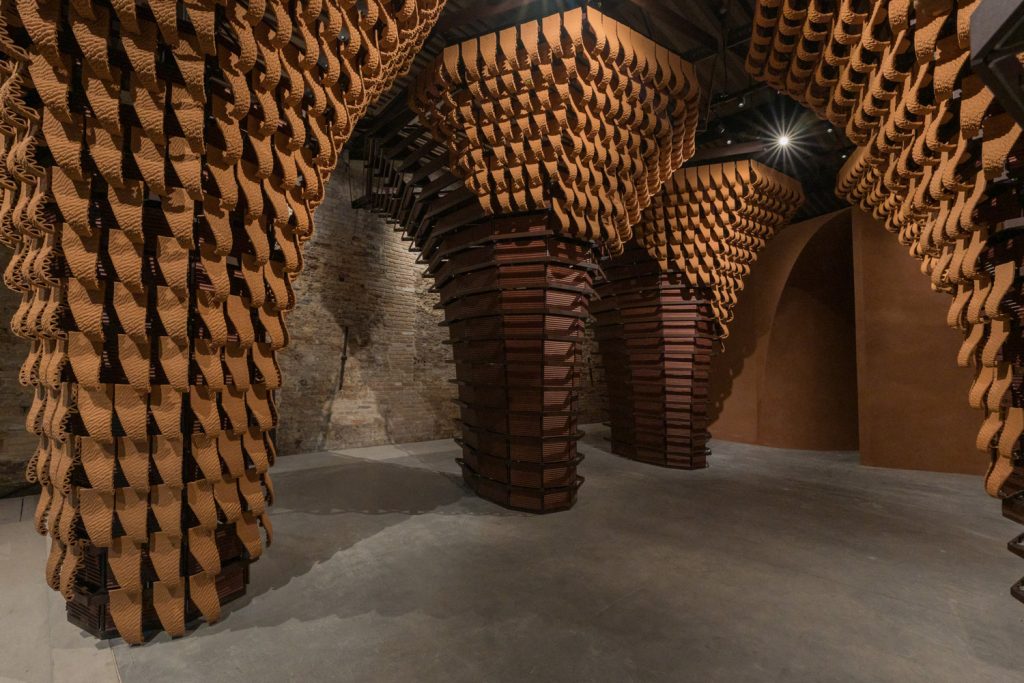
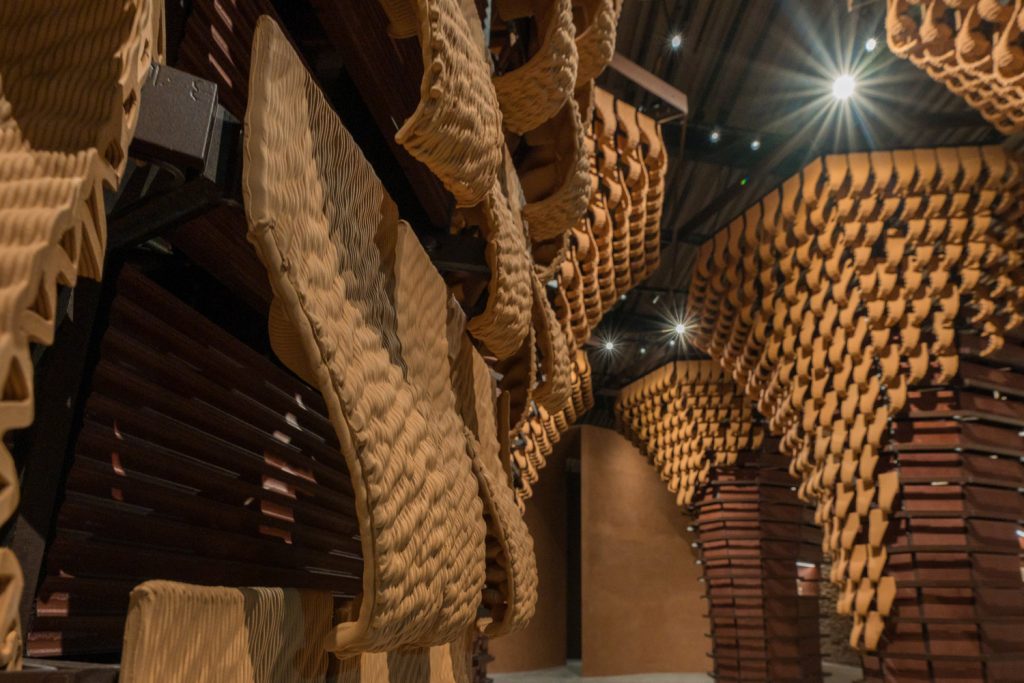
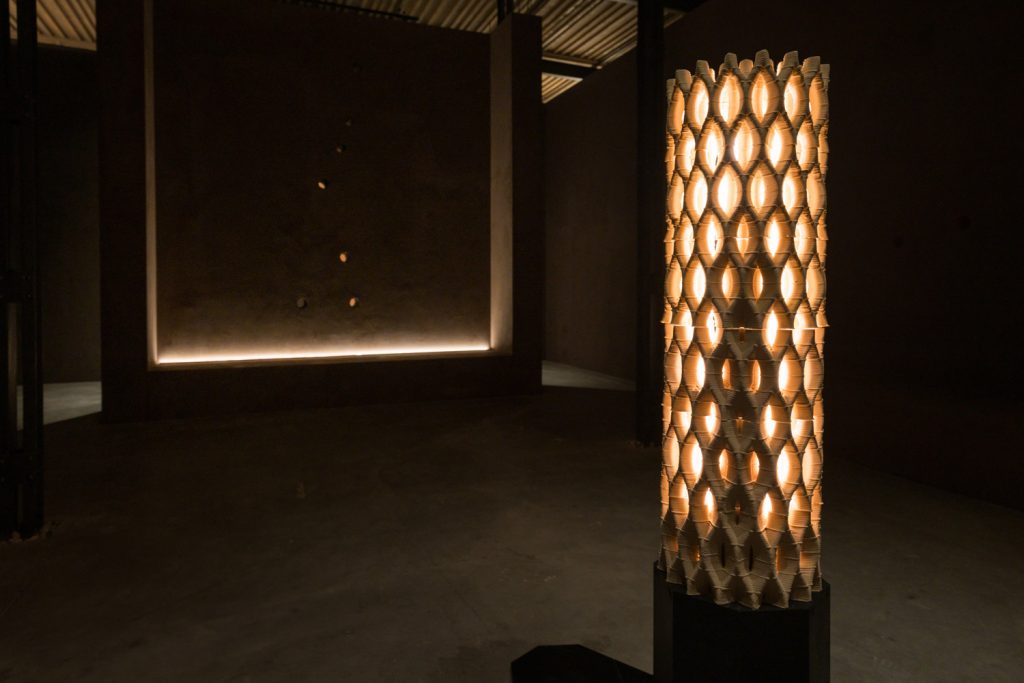
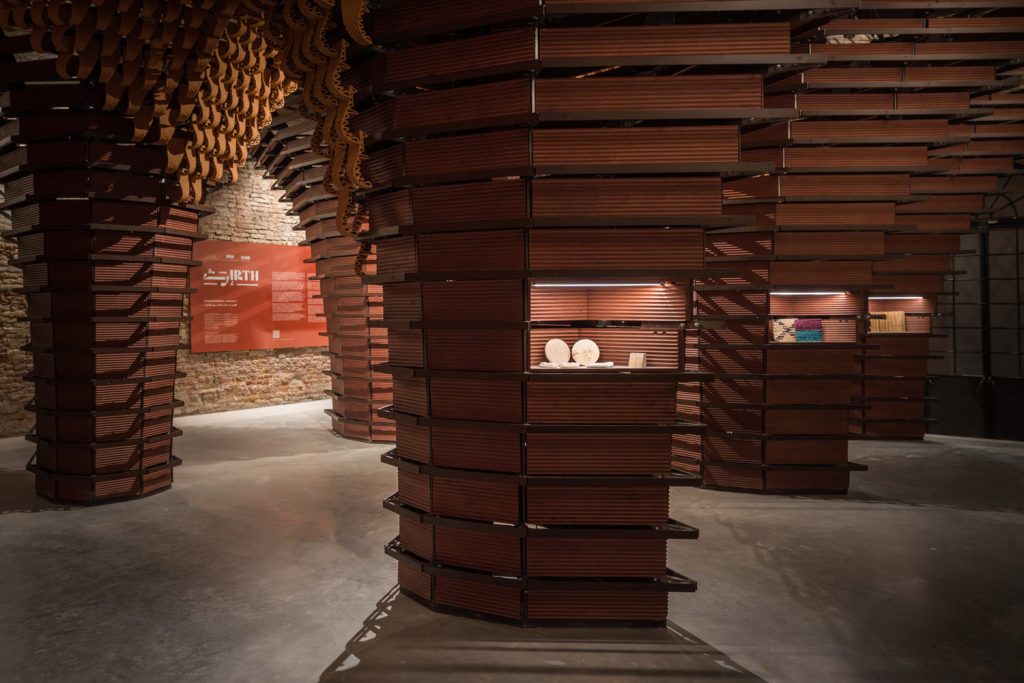
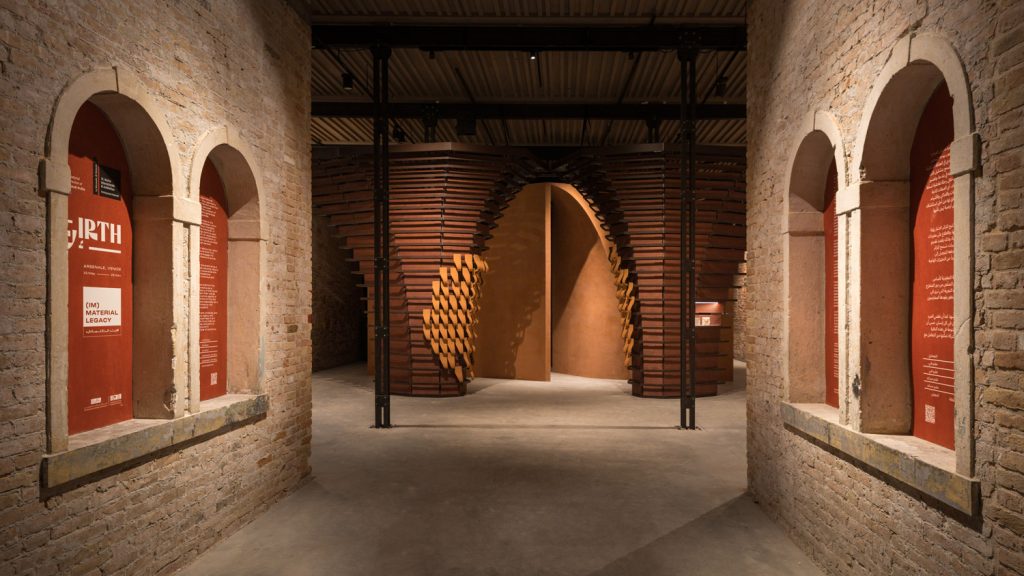

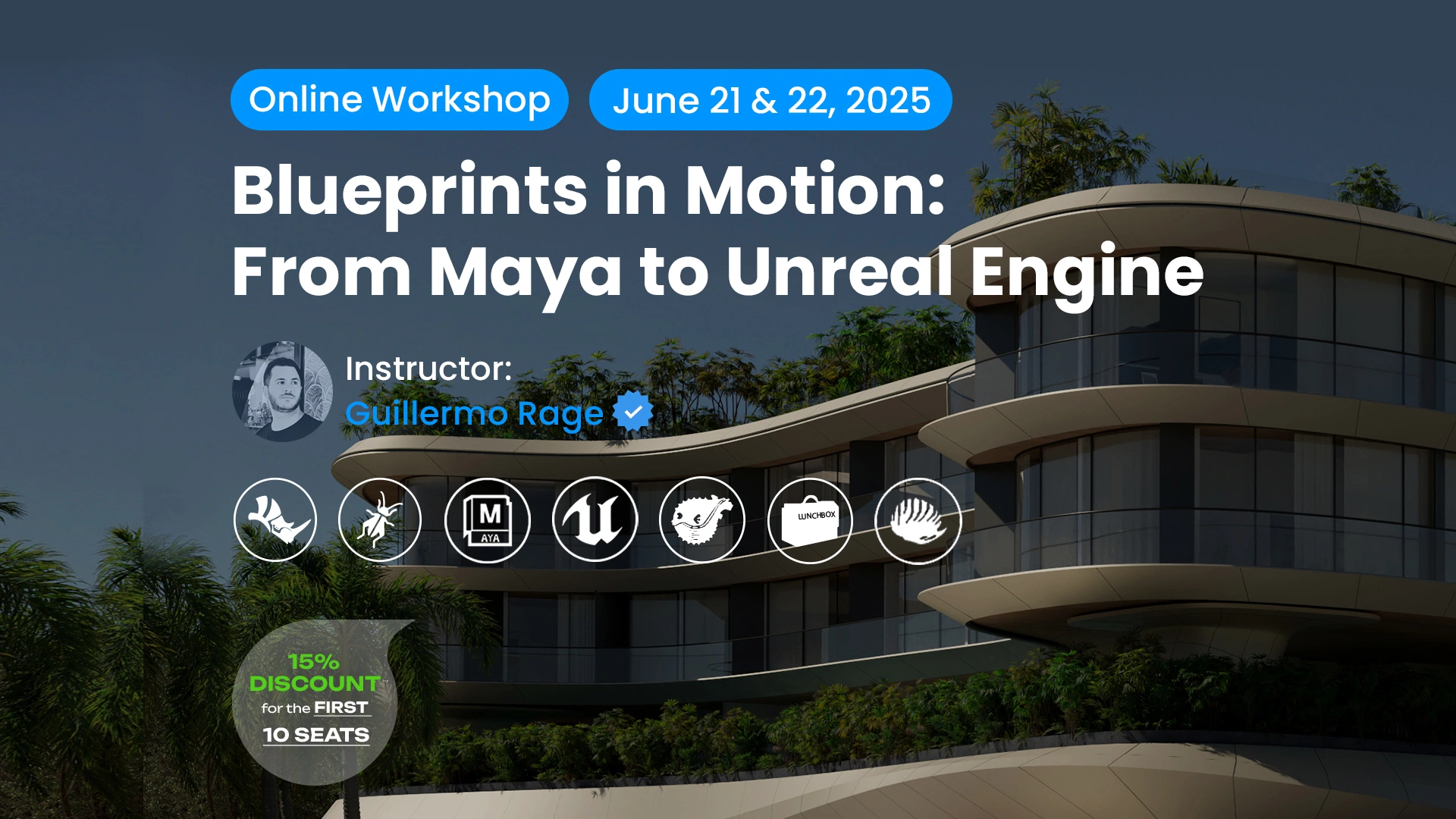
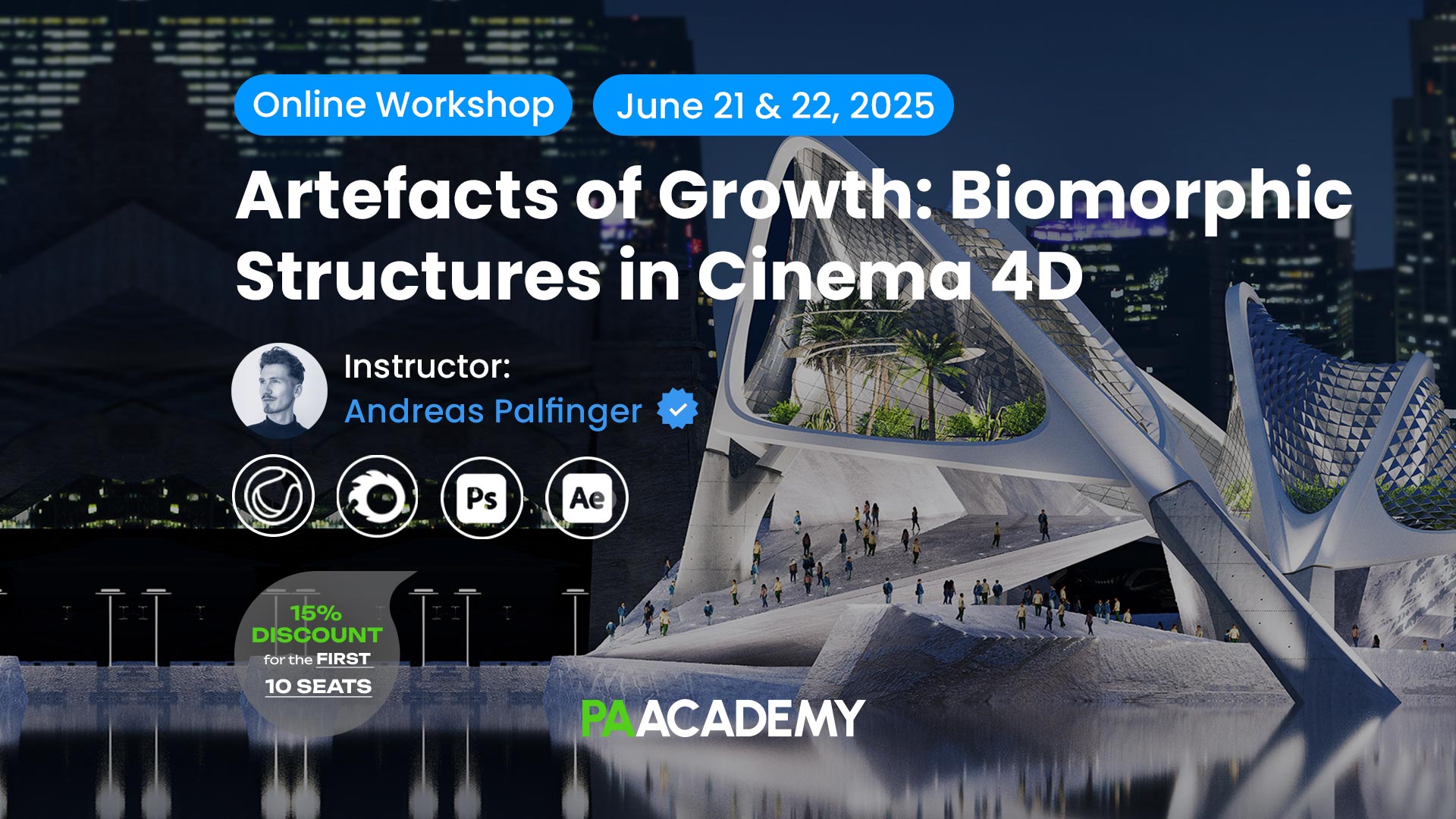


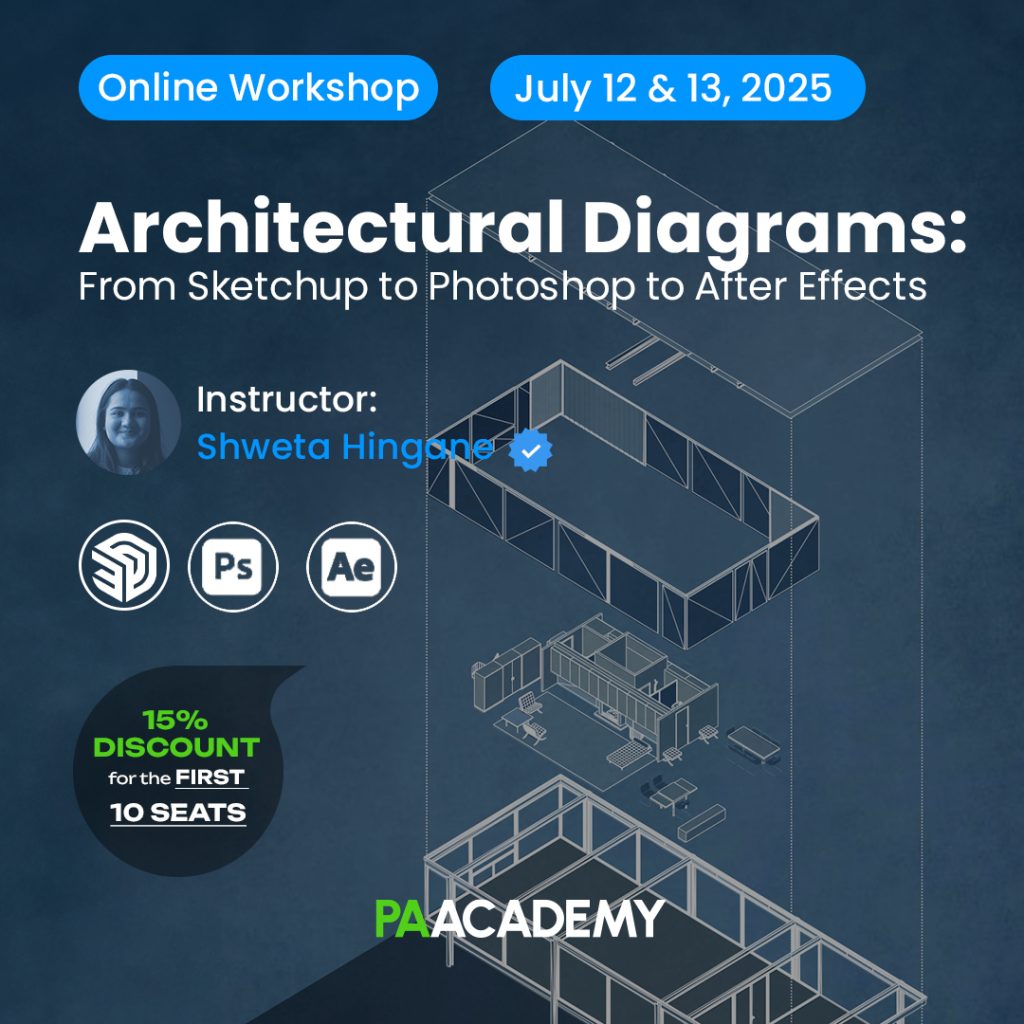
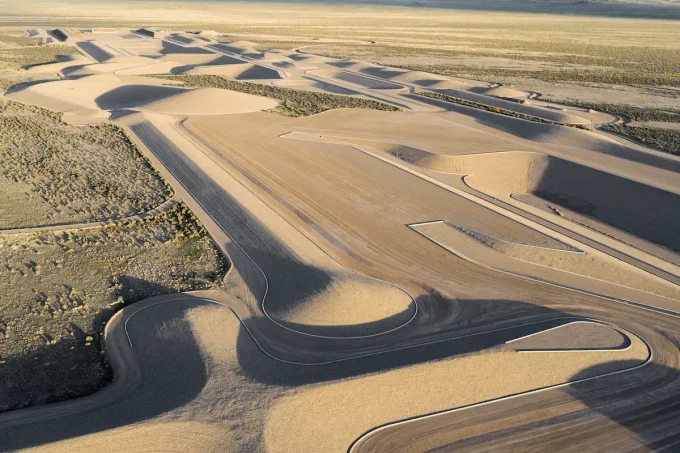







Leave a comment